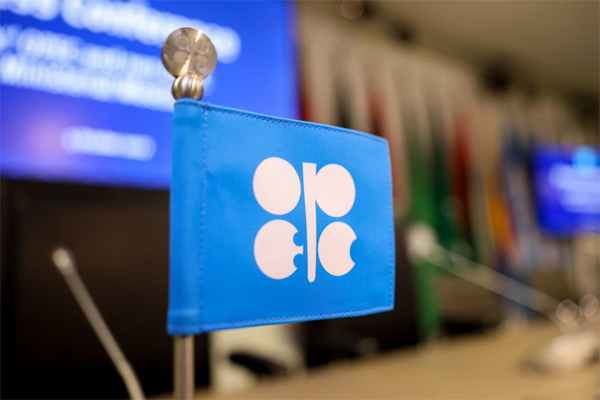- Production down 60,000 barrels a day to 29.12 million a day
- Saudi Arabia, Libya output down while others modestly increase

Grant Smith and Julian Lee, Bloomberg News
LONDON
EnergiesNet.com 02 03 2023
OPEC’s crude output edged lower last month as the group pressed on with an accord to keep global markets in balance.
The Organization of Petroleum Exporting Countries trimmed supplies by 60,000 barrels a day to 29.12 million a day, as reductions in Saudi Arabia and Libya were partly offset by marginal gains across the rest of the group, according to a Bloomberg survey.
OPEC and its allies, known collectively as OPEC+, announced hefty output cuts late last year to shore up the market against a faltering economic backdrop. The group remains cautious even as leading industry figures predict a rally in oil prices, and opted against recommending any adjustments at a monitoring meeting on Wednesday.
Oil has had a rocky start to 2023 as gains in the first weeks of January faded away by the end of the month, leaving prices near $82 a barrel in London. While that’s enough to cover government spending in many OPEC+ nations, it’s a little lower than some members would like.
The 23-member OPEC+ network announced in October that it would formally reduce quotas by 2 million barrels a day, and then hold supplies steady throughout this year.
Most OPEC nations are abiding by their production targets, and group leader Saudi Arabia — which often leads by example — may have cut even more than was required in January, the survey showed. The kingdom pared output by 100,000 barrels a day to 10.38 million a day, while tanker-tracking indicated an even bigger decline in exports.
Saudi Energy Minister Prince Abdulaziz bin Salman said late last year that OPEC+ would be “proactive and preemptive” to keep markets in equilibrium.
While observers from Goldman Sachs Group Inc. to Trafigura Group expect that China’s economic reopening will bolster fuel demand and propel prices higher, OPEC officials remain skeptical.
Chinese economic indicators are showing a subdued recovery even as travel rebounds, while plentiful oil stockpiles and lingering fears of recession are capping market sentiment in the US.
At the same time, Riyadh and its partners are waiting to gauge the impact of international sanctions on fellow alliance member Russia, which will expand this month to include refined fuels as well as crude oil. Forecasters have repeatedly predicted that Russian output would plunge amid a boycott following the invasion of Ukraine, but exports have so far been resilient.
OPEC may also be watching output from member nation Iran, which despite US sanctions increased more than previously estimated in December to 2.64 million barrels a day, the highest in almost four years. Output eased back a little in January, by 40,000 barrels a day.
Much of the recent Iranian uptick has been flowing to China, apparently under the banner of shipments from Malaysia. US officials have pledged to press Beijing to curb its purchases as they seek to contain Iran’s nuclear program and involvement in the Ukraine conflict.
Bloomberg’s survey is based on ship-tracking data, information from officials and estimates from consultants including Kpler Ltd., Rapidan Energy Group, Rystad Energy and SVB Energy International LLC.
–With assistance from Anthony Di Paola, John Deane, Bill Lehane, Prejula Prem, Verity Ratcliffe, Salma El Wardany, Lucia Kassai, Fabiola Zerpa and Andrew Reierson.
bloomberg.com 02 03 2023











